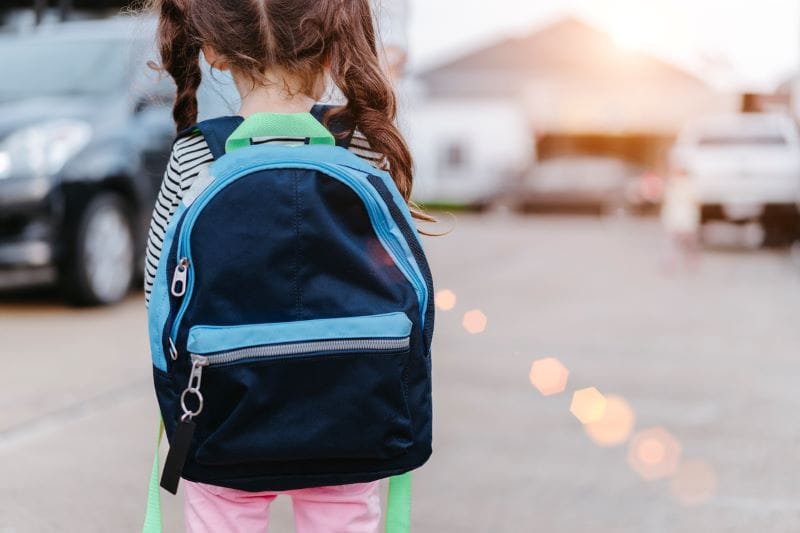Backpack Safety Tips: How to Choose, Load and Wear a Backpack
Carrying too much weight in a backpack or wearing it the wrong way can lead to unnecessary pain and strain for your child. When shopping for your child’s school backpack this month and helping them load it for school, take these steps to avoid potential health problems.
Choosing a Backpack
- Choose a backpack with wide, padded shoulder straps and a padded back. Shoulders and necks have many blood vessels and nerves that can cause pain and tingling in the neck, arms and hands when too much pressure is applied.
- School backpacks come in different sizes for different ages. Choose the right size pack for your child as well as one with enough room for necessary school items.
Loading a Backpack
- A child’s backpack should weigh no more than about 10% of their body weight. This means a student weighing 100 pounds shouldn’t wear a loaded school backpack heavier than about 10 pounds.
- Load heaviest items closest to the center of the child’s back (the back of the pack).
- Arrange books and materials so they won’t slide around in the backpack.
- Check what your child carries to school and brings home. Make sure the items are necessary for the day’s activities.
- If the backpack is too heavy or tightly packed, your child can hand carry a book or other item outside the pack.
- If the backpack is too heavy on a regular basis, consider using a book bag on wheels if your child’s school allows it.
Wearing a Backpack
- Distribute weight evenly by using both straps. Wearing a pack slung over one shoulder can cause a child to lean to one side, curving the spine and causing pain or discomfort.
- Adjust the shoulder straps so that the pack fits snugly on the child’s back. A pack that hangs loosely from the back can pull the child backwards and strain muscles.
- Wear the waist belt if the backpack has one. This helps distribute the pack’s weight more evenly.
- The bottom of the pack should rest in the curve of the lower back. It should never rest more than four inches below the child’s waistline.
Information cited from American Academy of Pediatrics and The American Occupational Therapy Association, Inc.
*Presented by After Hours Pediatrics | Originally published in the August 2024 issue of Tampa Bay Parenting Magazine | iStock-964322432


